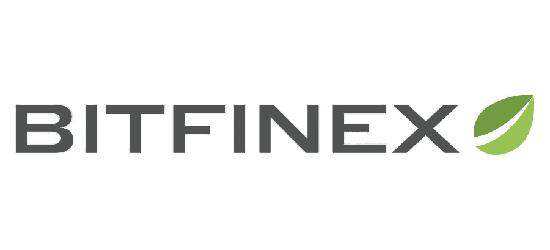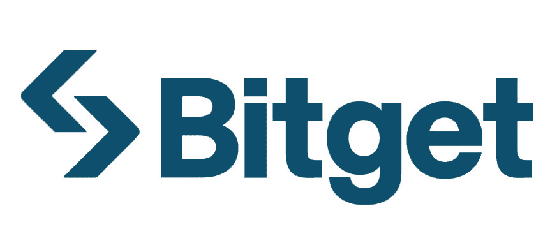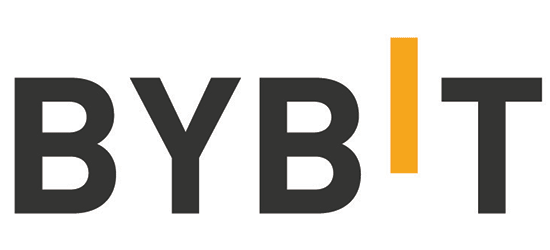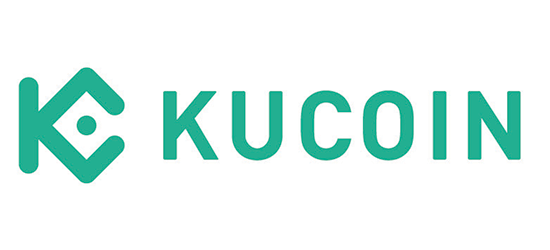
How Much Does BTC Mining Cost After Halving 2024?
The much anticipated Bitcoin halving event took place on April 19, 2024 and reduced the block reward from 6.25 BTC to 3.125 BTC per mined block. For Bitcoin miners, the halving event is more than a minor adjustment; it fundamentally alters their earning potential.
The recent Bitcoin halving event, which took place on April 19, 2024, marked a significant milestone in the crypto world by reducing the block reward from 6.25 BTC to 3.125 BTC per mined block. Despite widespread speculation about potential price volatility, the value of Bitcoin remained relatively stable, hovering around $64,000.
Historically, halving events are expected to boost Bitcoin's price as they decrease the supply of new coins entering the market. Economic principles suggest that if demand remains constant and supply decreases, the price should rise. Yet, recent market trends showed a different picture: bitcoin's price had previously soared to over $70,000 but later adjusted to around $57,000. Despite these fluctuations, bitcoin has seen a robust annual increase, doubling its value from the previous year and rising by around 38% in 2024 alone.

Source & Copyright: TradingView
What Bitcoin Halving Means For Miners
For Bitcoin miners, the halving event is more than a minor adjustment; it fundamentally alters their earning potential. With block rewards halved, miners now face doubled operational costs for the same payout in Bitcoin. This shift could have significant implications, especially for the profitability of mining operations.
The Bitcoin network includes both large publicly traded mining companies and numerous smaller private miners worldwide. These miners play a crucial role in validating transactions and maintaining the security of the blockchain network, receiving block rewards in Bitcoin as compensation. The halving not only reduces these rewards but also impacts how new digital coins are circulated.

Since the inception of Bitcoin, halving events are pre-programmed to occur every four years, effectively halving the block reward miners receive. This system ensures that there will never be more than 21 million bitcoins in circulation. However, the rising costs of mining equipment and energy make mining an increasingly expensive endeavor, influencing miners to consider the balance between costs and potential rewards.
Post-halving, revenue from transaction fees remains a minor relief, but the primary earnings from block rewards are significantly reduced. Following the 2020 halving, the break-even point for profitable mining rose dramatically, although it coincided with a substantial price increase to a new peak of $69,000.
Current estimates from CryptoQuant CEO Ki Young Ju suggest that the cost of mining with advanced equipment like the Antminer S19 XPs could double from $40,000 to $80,000 post-halving, further complicating the financial calculus for miners.
How Much Will BTC Mining Cost After Halving 2024
The cost of mining a Bitcoin post-halving involves a detailed analysis of multiple factors that affect the profitability of mining operations. These include the cost of electricity, the type of mining equipment used, and the efficiency of the hardware. For instance, employing the latest mining technology in a residential setting can be particularly costly.
To determine the cost of mining one Bitcoin, it's essential to consider hardware expenses, the efficiency of mining hardware (measured in watts per terahash), the hash rate of the operation (terahashes per second), and the total energy used during the mining process. This calculation can be complex for beginners and varies significantly depending on the country.
CoinShares Report
According to CoinShares, a leading European digital investment group, the average cost to mine one Bitcoin is currently about $53,000. This figure represents the typical expenditure for large mining companies. In a recent report titled "Our Insights at the 2024 Halving," CoinShares highlighted that the halving has led to almost doubling the costs of electricity and overall production. To mitigate these costs, strategies such as optimizing energy expenses, enhancing mining efficiency, and securing favorable terms for hardware procurement are crucial.
Additionally, the report suggests that some crypto miners might pivot towards using artificial intelligence (AI) in energy-secure locations to potentially increase revenue post-halving. Companies like BitDigital, Hive, and Hut 8 are already leveraging AI, while TeraWulf and Core Scientific are either operational or planning expansions in this area.

CoinShares also provided specific figures from their analysis: "The weighted average cash cost of production in Q4 was approximately $29,500; post-halving, it is projected to be about $53,000." The report notes that the average electricity cost per Bitcoin was about $16,300 in the fourth quarter, expected to rise to around $34,900 after the halving.
Furthermore, the hash rate, which measures the total computational power used in mining and transaction processing on a blockchain, might reach 700 exahash by 2025. However, it could decrease by 10% post-halving as unprofitable machines are turned off, leading to a predicted drop in hash prices to $53 per petahash per day.
CoinShares also points out that miners are actively managing their financial liabilities, with some using excess cash to reduce debt. This strategic financial management is crucial for sustaining operations amidst rising costs and fluctuating market conditions.
Conclusion
The 2024 Bitcoin halving event hallenges traditional business models but also presents opportunities for significant technological and strategic evolution. As the industry navigates this new economic landscape, the adaptability and innovative capacity of miners will likely dictate not just their own profitability but also the stability and security of the Bitcoin network itself. As we look towards the future, the interplay between mining efficiency, Bitcoin’s market dynamics, and technological innovations will continue to be of paramount importance in shaping the cryptocurrency landscape.



























